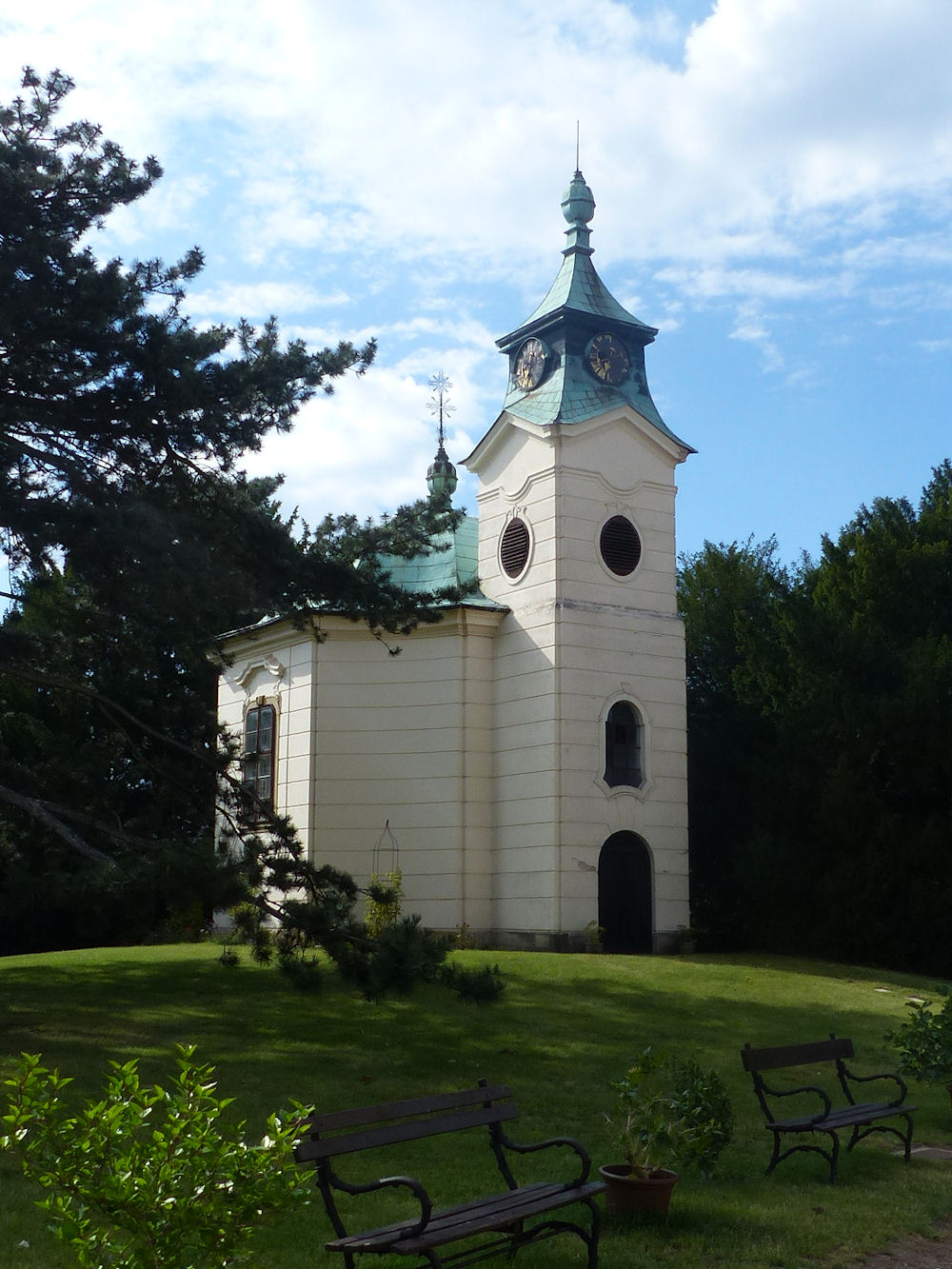Karlova Koruna, Chlumec nad Cidlinou
The village of Chlumec, fifty miles east of Prague, came into the possession of the noble family of Kinský at the start of the seventeenth century. In 1721, Count František Ferdinand Kinský invited the baroque architect Jan Blažej Santini to re-develop the existing fortified manor into a palace fit for a king — king Charles VI of Bohemia, to be precise.
Charles’s coronation two years later gave Kinský the perfect excuse to invite the king to the newly-completed chateau, which was named in his honour Karlova Koruna (Charles’s crown). The king seems to have been sufficiently flattered to commission the provision of army horses from the Kinský stud; and since that day Chlumec has been at the centre of Czech horsebreeding, specializing — particularly from 1838 under Count Oktavian Kinský — in an athletic mount of good character and distinctive golden colouring.
Restituted to the Kinský family in 1992, the triple-winged palace at Chlumec is typical of Santini, with a cylindrical three-storey core from which radiate three wedge-shaped wings. A similar plan can be found in several of the same architect’s religious buildings, especially the much earlier chapel of Panenské Břežany just to the north of Prague. Karlova Koruna is on altogether a different scale, but the same principles of proportion, symmetry and balance are evident throughout the structure.
The grounds of the chateau contain a number of estate offices of a later date — though sympathetically worked in the baroque style; and a chapel (below) dedicated to the Virgin Mary of the Seven Sorrows, probably planned by Santini and executed by his partner on the main project, František Maximilian Kaňka.










